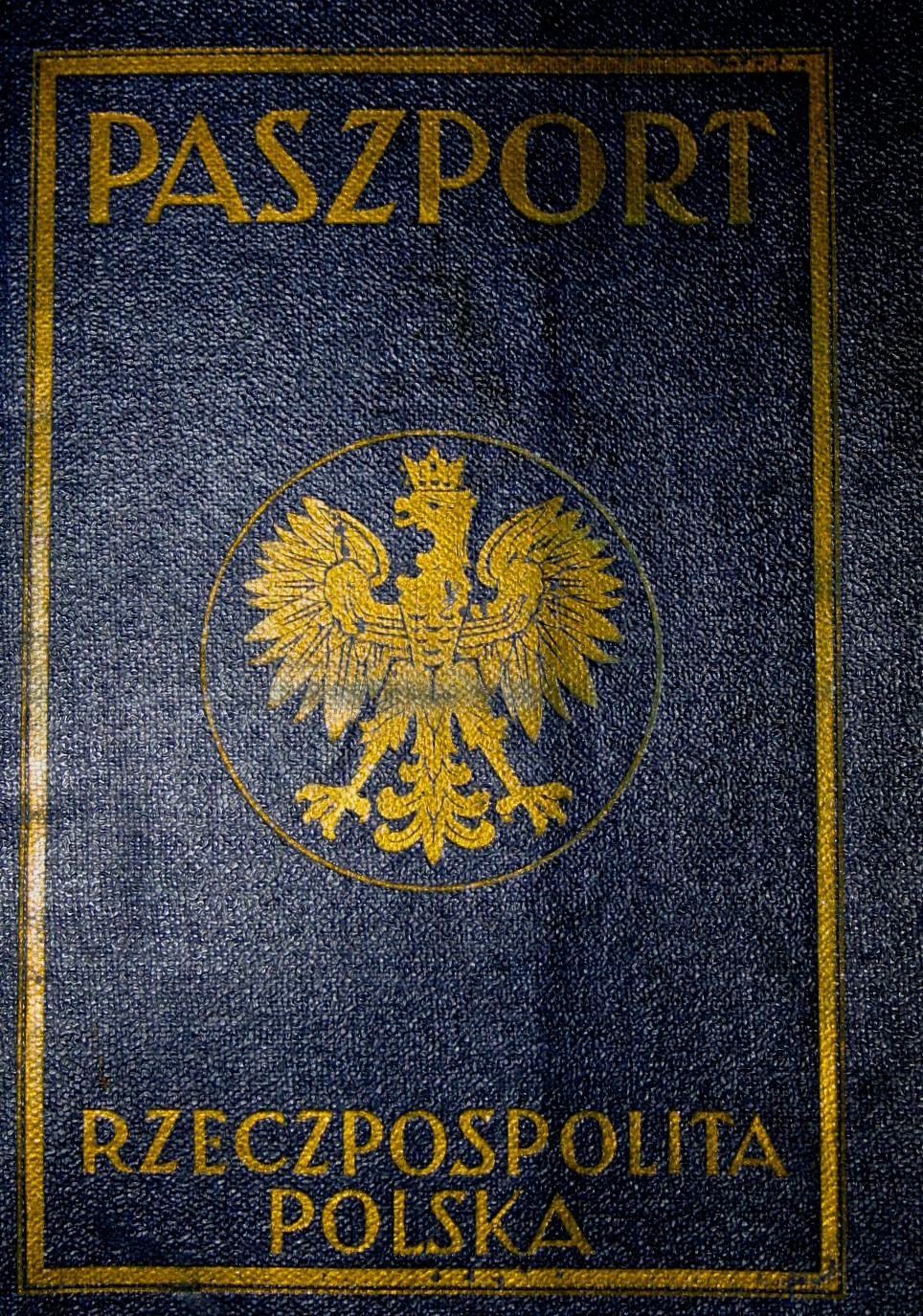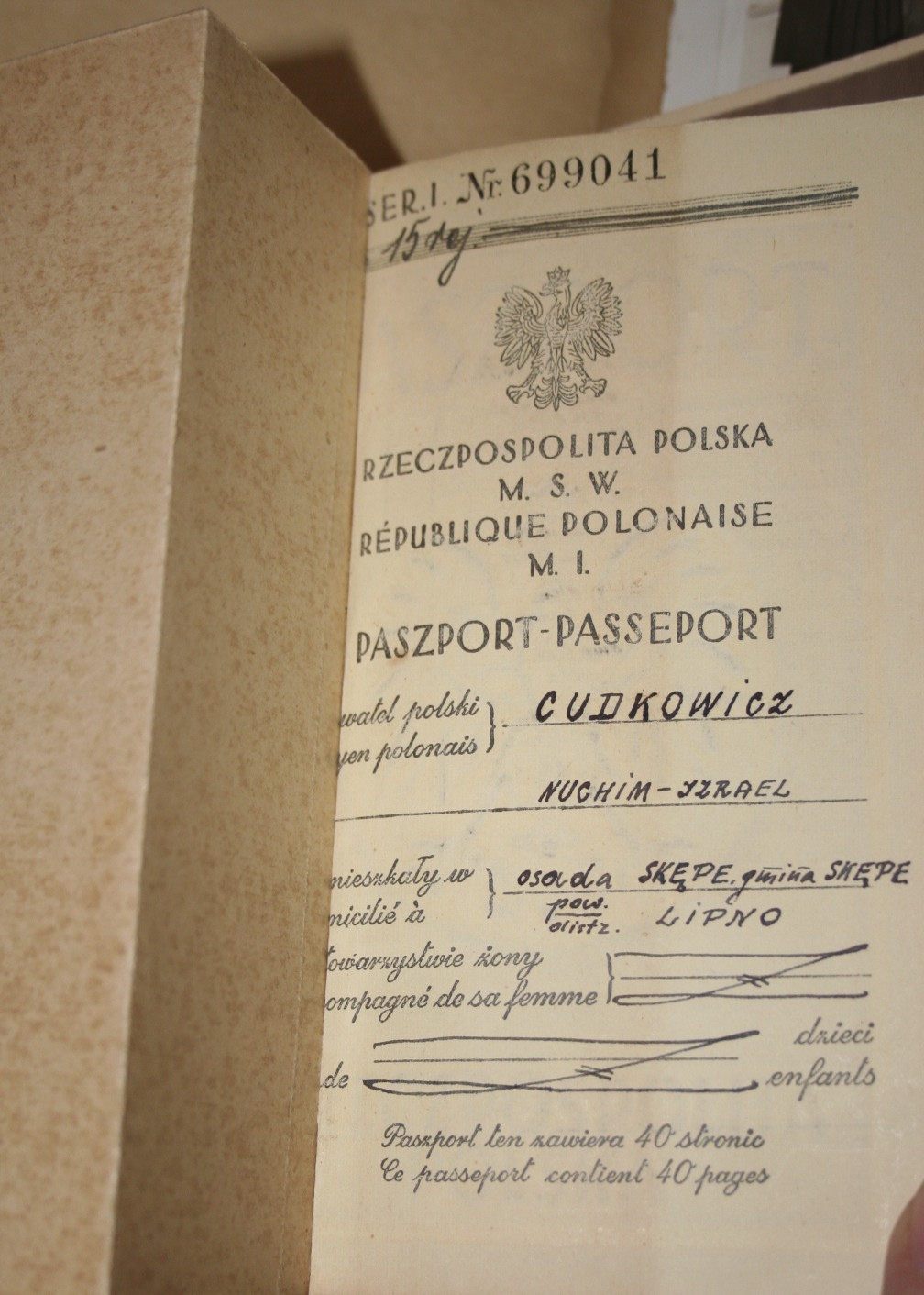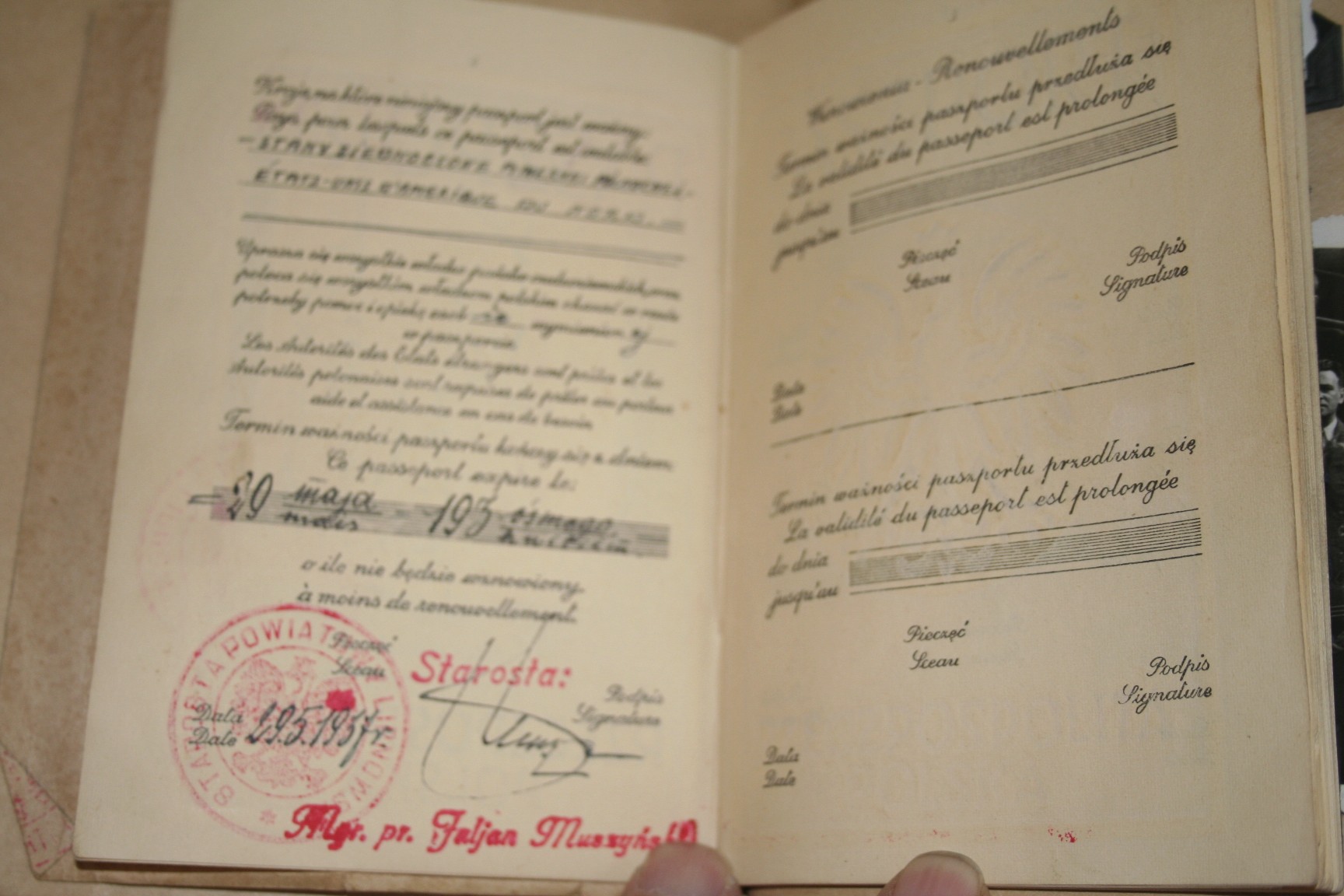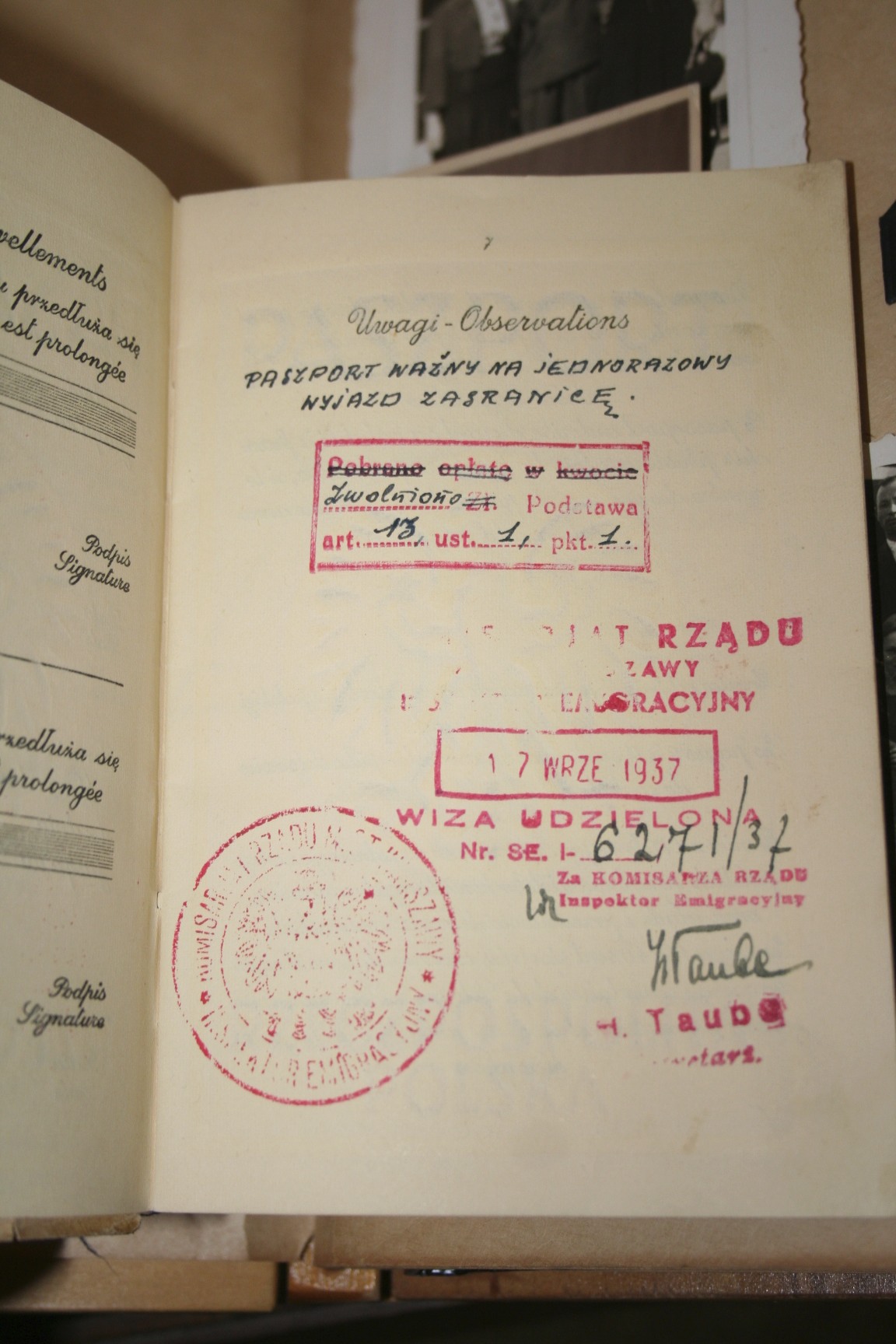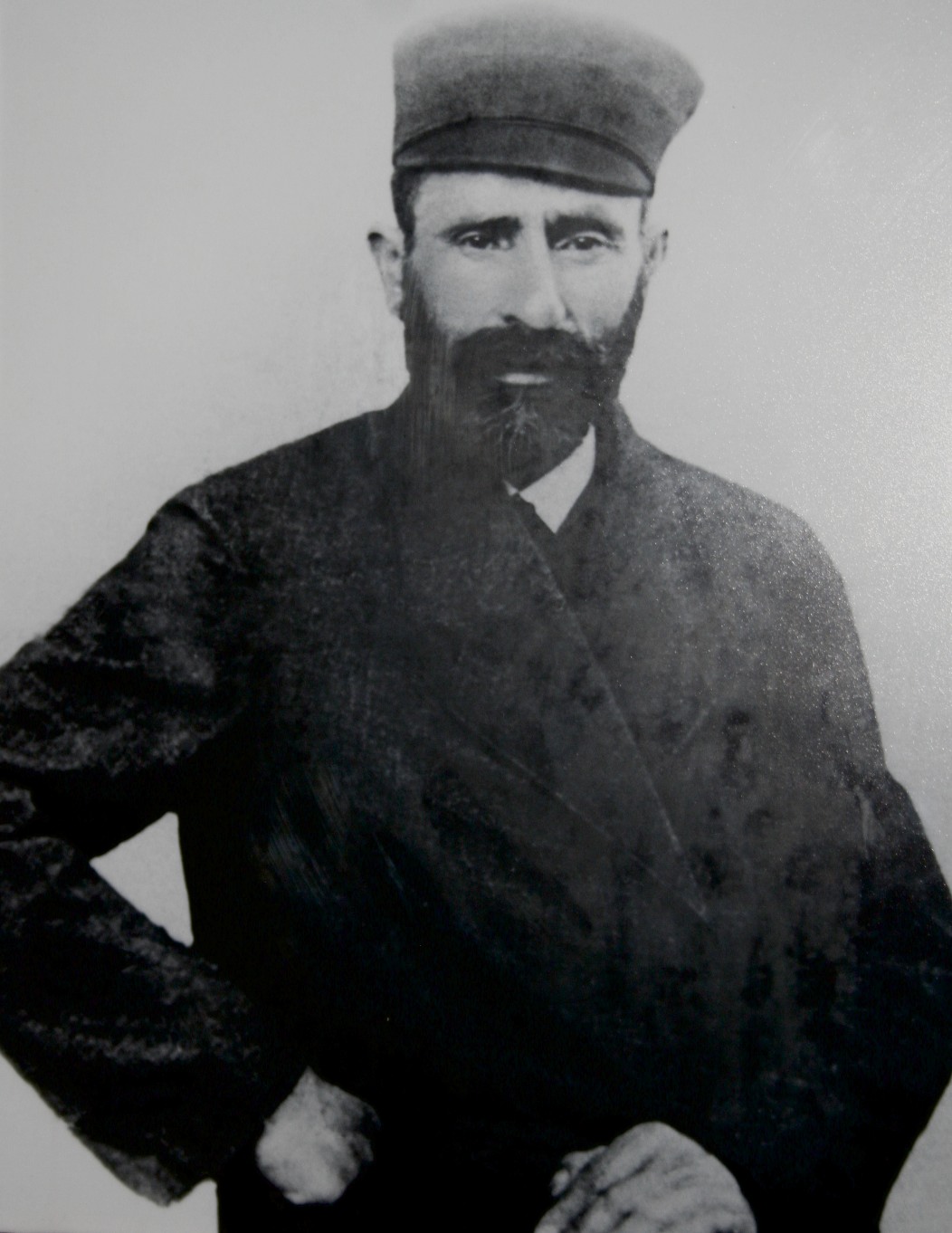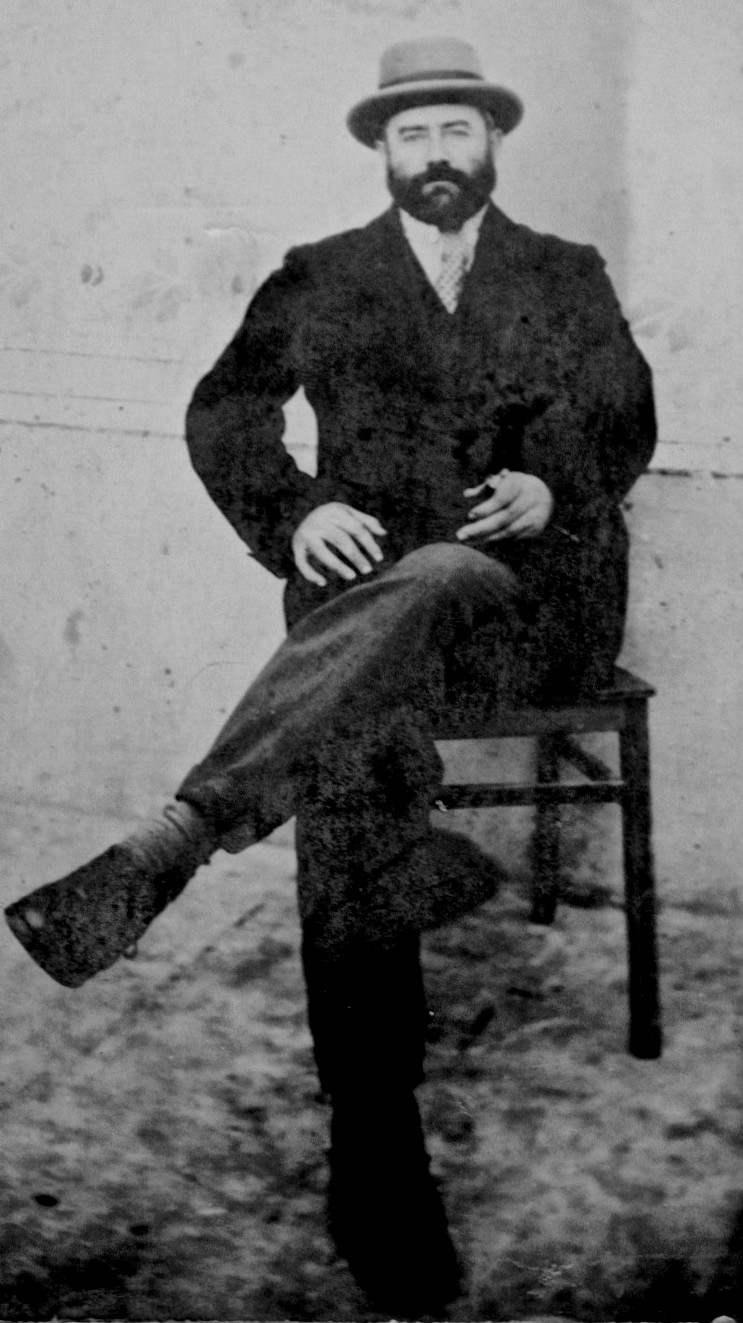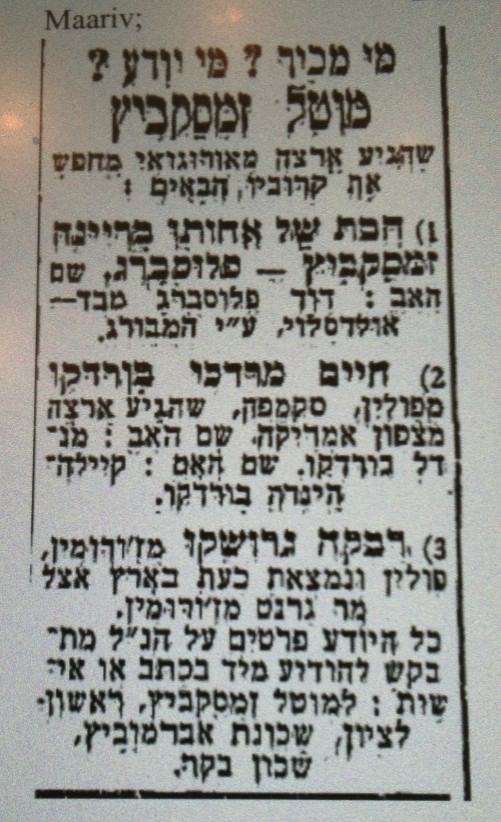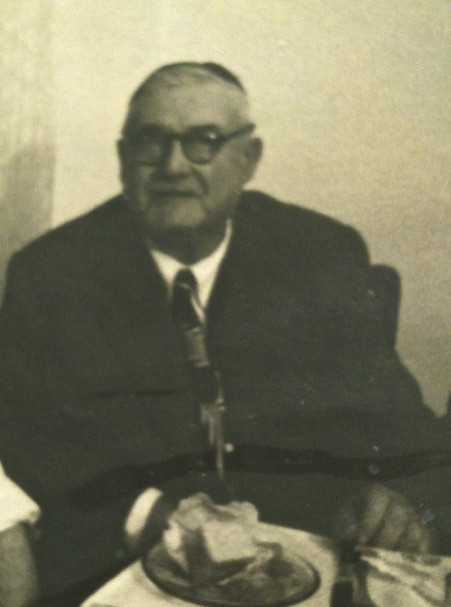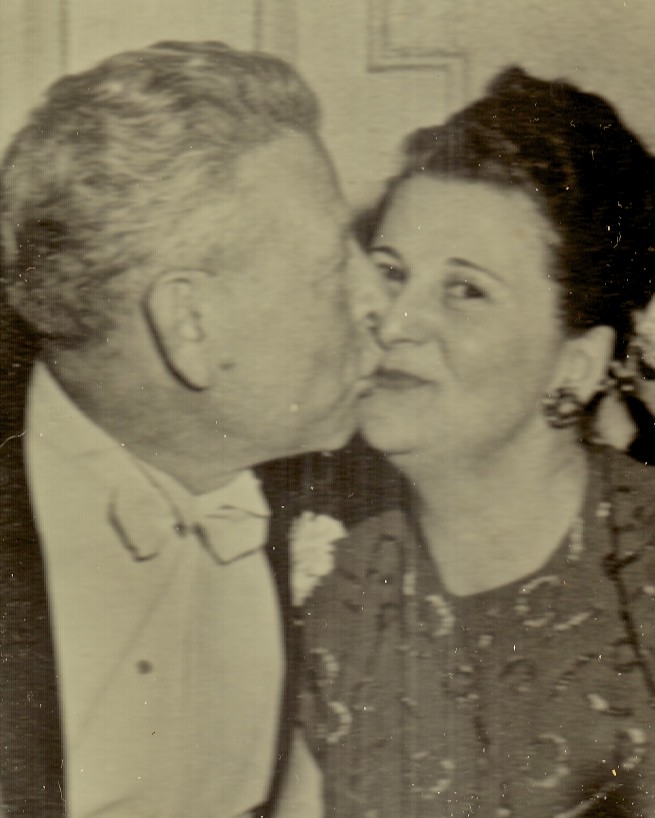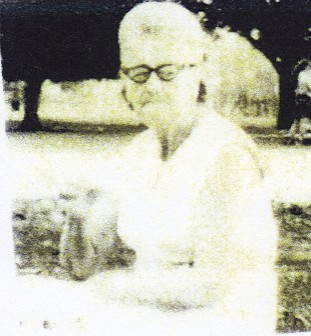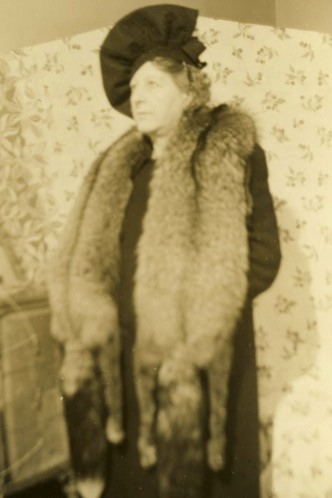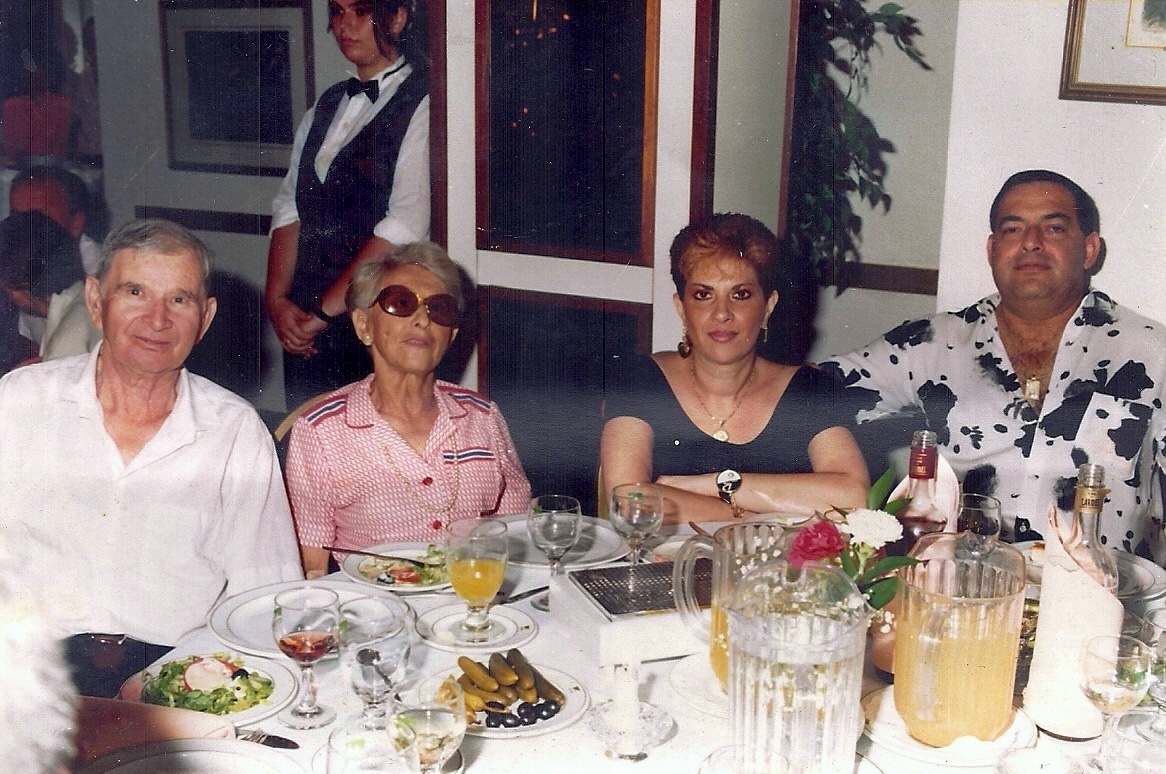Emigration
“Don’t
be deceived by the idyllic setting of Skepe;
there’s a reason they left.”
Seymour Shapiro (2007) whose mother emigrated from Skepe, Poland in 1913 |
|
||||||
|
Polish Passport from
the Berg Family collection
Photographs courtesy of Michael Smith
|
||||||
|
||||||
|
Photograph courtesy of Brown Family Album |
||||||
|
||||||
|
||||||
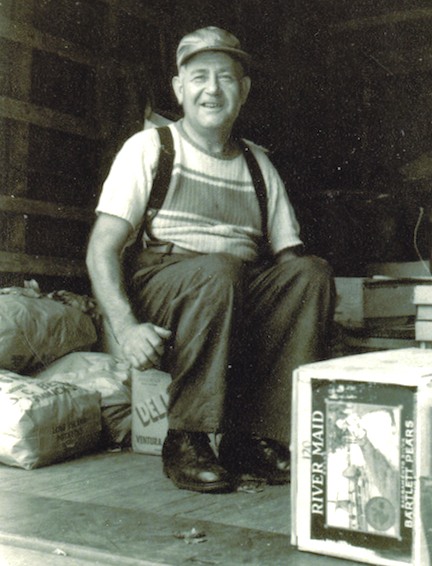 |
||||||
| Photo
courtesy of Moskowitz Family Album |
||||||
Szlamon (Sol) was the
youngest of Abraham and Feige Zamoskiewicz’s
sons. According to his younger sister Rywka,
their mother remembered Sol as “the best son a mother
could have”.
Sol was born in Skepe around 1900. He emigrated to Mexico despite buying a ticket to New York City from a shady ticket broker in 1921. He remained in Mexico for little more than 2 years before heading to the United States and New York via Laredo, Texas. Sol’s story is best related through the remembrances of his son, Rabbi Seymour Moskowitz: “Sol deserted the Polish Army in WW I after being wounded 4 times and returned to the front lines as ‘canon fodder’. He escaped by tying himself to a tree branch overnight so he would not fall out. When his battalion awoke in the morning and marched on to their next destination, they did not see him and he was able to escape. “He ended up in Mexico where he lived for a little more than 2 years. When he first arrived he rented a room to live in and worked at painting little birds on glasses. Sol was working on a hot Sunday afternoon in a town square when a movie had just let out and people were hot and thirsty. He saw that a young boy was selling water to the movie patrons as they exited. The next day Sol got a wagon and 3 pails, and he added flavoring to the water and began selling it as well. With this successful business enterprise underway he began looking for other opportunities. “He looked around Mexico City and said, “What else do they need here?” they were selling ready made suits. He hired a girl to start sewing, went to a store, asked them to sell the suits. If they do not sell, give them back. Next, he bought a bus and got a driver. He stood in the back and collected money. An army friend of his, Hymie, came from Poland. Sol suggested that he get another bus, “Do what I am doing.” So Sol went looking for another bus. One day, Hymie did not come to work so Sol was on his bus when the bus hit and killed a donkey. Sol knew the police would be there and he was afraid of uniforms and authority. He later recounted that he feared he would be arrested and imprisoned. So he sold his businesses and bought 2 horses and he left for New York City. He came from Mexico through Laredo, Texas on horseback in the summer of 1923. He took that horse all the way to NY--where according to Immigration papers he was headed to his brother-in-law David Fleishman’s home at 55 W. 113th St. “It wasn’t long before Sol’s horse was pulling a vegetable and fruit wagon through the streets of New York City. Sol met Ida Leve in Harlem. She was from Russia and she had 3 brothers and two sisters in her family. Her father came before WWI, but the rest of the family was left in Europe when the war broke out. After the war, he sent for the family. Seymour remembers an Uncle Mu (Samuel Leve) his mother’s brother. He was an artist from Yale. In Europe, his family had to house German soldiers and one of the soldiers was a painter and taught him to paint. “Sol worked very hard. He was up at 4 am so he could get to the market by 5:00 to buy things for the business. He came home late at night. He lived on the 4th floor and as he walked up to his apartment he distributed unsold fruit to the neighbors on each floor. Sol died in 1963. He had stayed in the Bronx and lived near his brother Feivish. He refused to pay a ‘street tax’ to the Mafia on two occasions and had to rebuild his business each time.” |
||||||
|
||||||
|
||||||
|
The three
Zamoskiewicz sisters who were in the middle of their
Skępe family had much in common:
Mollie was the first
of the family to leave Poland in 1912 and remain in
the United States working as a servant and helping to
bring over more members of her family. Lea
(Lillian), helped by Mollie, arrived in 1913.
Then with the help of her sisters Hudes (Ida)
immigrated to New York City in 1920. Mollie and
Lillian helped their brothers - Feivel and Sol -
immigrate to America in the early ’20's.
All three changed
their names from Zamoskiewicz to (Mollie) Samos,
(Lillian) Sams, and (Ida) Semis. They were
married in New York: Lillian, July, 2,1916, to Abraham
Shapiro; Mollie, June 24, 1918, to David Fleischman;
Ida, April 27, 1922, to Abraham Rubin. All three
sisters lived within walking distance in Brooklyn.
Mollie (1933) and Ida
(1934) both lost their husbands and became single
mothers. Mollie opened a dry goods store which
she remained in for nearly 40 years and helped Ida
start hers.
According to their
younger sister Rywka, Mollie wanted nothing to do with
shtetl life and became the Zamoskiewicz pioneer in
search of a new and different life. Ida’s
granddaughter remembers her tales of pogroms in Skępe
when the girls were hidden underneath the wooden floor
and watching the torment of their father, an educated
and religious man.
|
||||||
|

roberta.fleishman@gmail.com
Copyright © 2013 Roberta Ann Fleishman
This site is hosted at no cost by JewishGen, Inc., The home of Jewish Genealogy. If you have been aided in your research by this site and wish to further our mission of preserving our history for future generations, your JewishGen-erosity is greatly appreciated.
